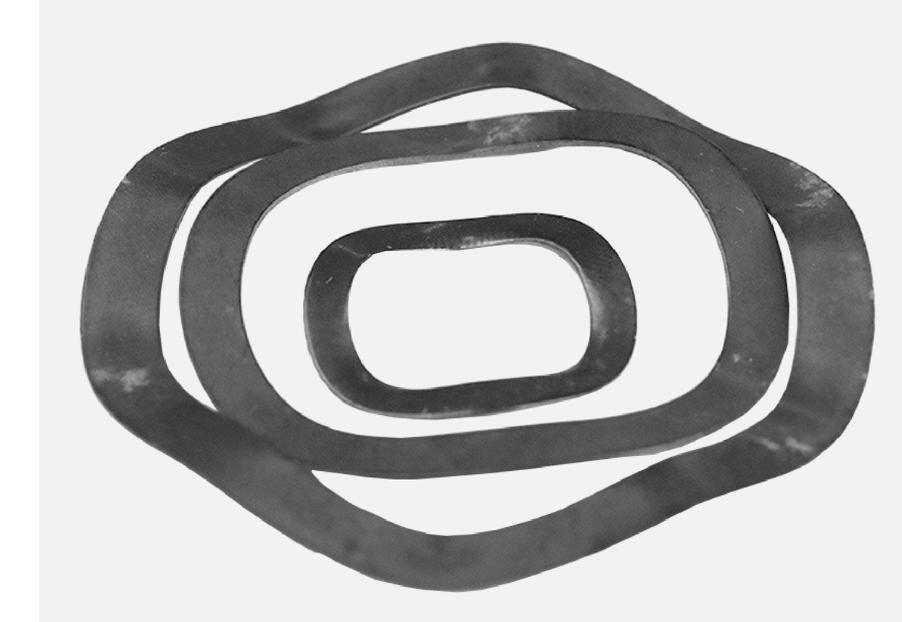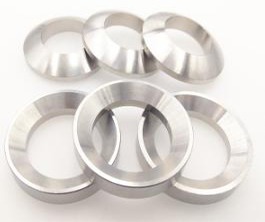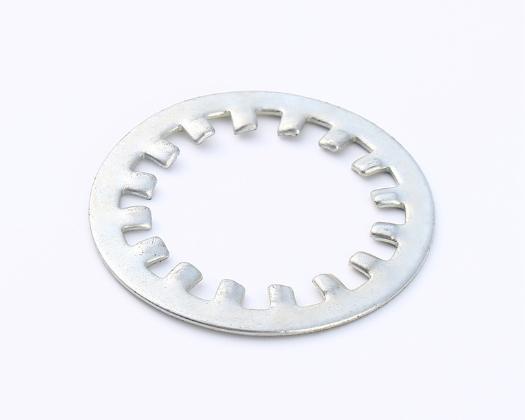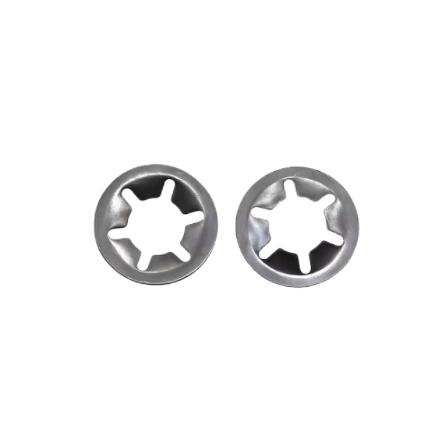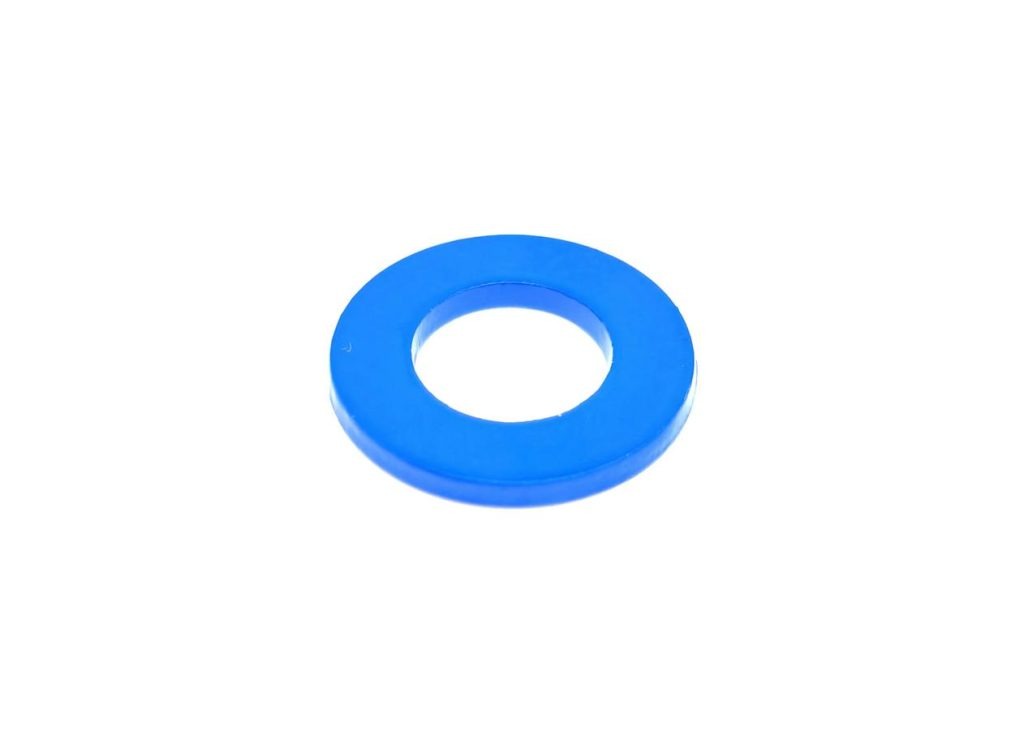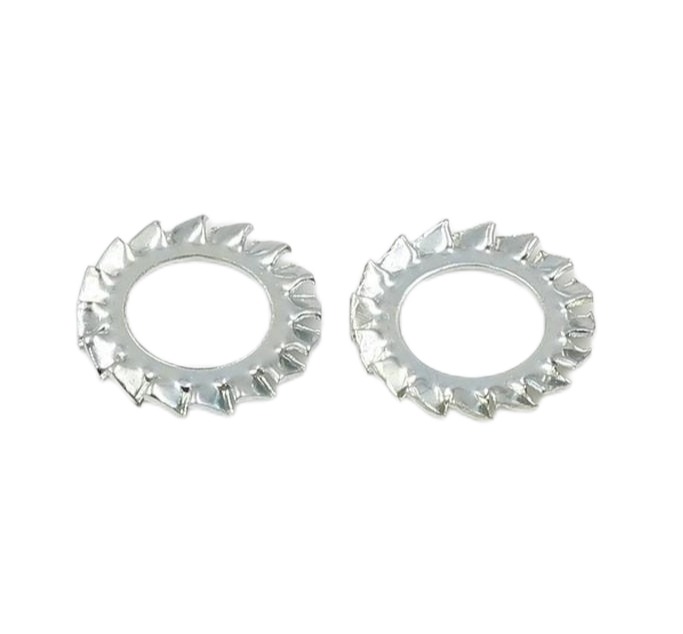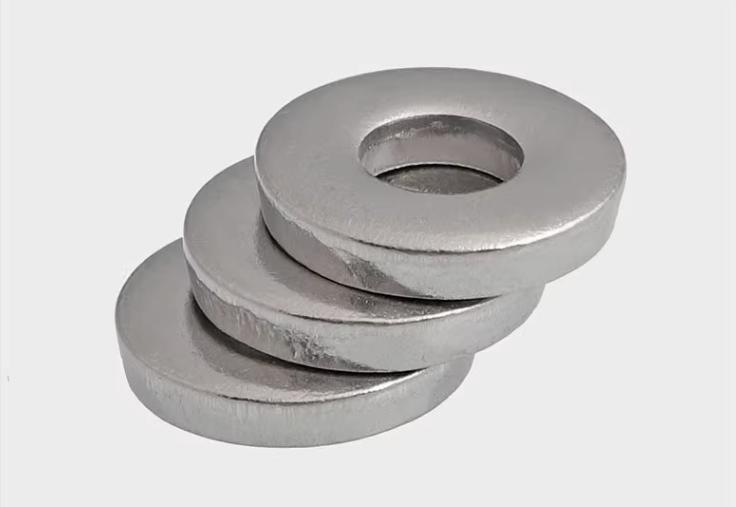How Wedge Locking Washers Prevent Bolts Loosening
Bolts, nuts, and screws are ubiquitous in countless applications, from construction to manufacturing, and even in our everyday lives. These fasteners are essential for holding together everything from bridges to bicycles. However, a persistent challenge in engineering and construction is the loosening of bolts due to vibration, thermal expansion, and other factors. Enter wedge locking washers, a marvel of engineering designed to prevent bolt loosening. In this article, we’ll delve into the science behind wedge locking washers and explore how they work to maintain the integrity of mechanical connections.
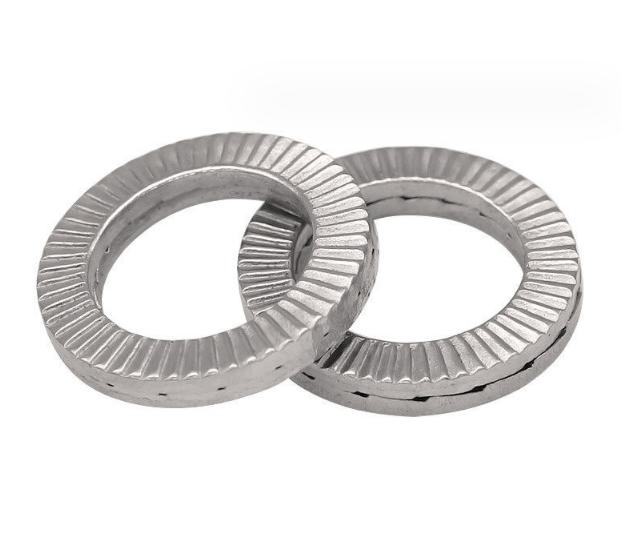
Why Choose Wedge Locking Washers Used for Preventing Bolts Loosening
Understanding the Problem: Why Bolts Loosen?
Before we can appreciate the role of wedge locking washers, it’s essential to understand why bolts loosen in the first place. When subjected to dynamic forces, such as vibration or thermal cycling, traditional bolted joints can experience self-loosening. This occurs because the threads on the bolt and nut are not perfectly smooth, allowing for tiny movements between the mating surfaces over time. These movements gradually reduce the clamping force applied to the joint, ultimately leading to loosening and, potentially, failure.
What are the Key Characteristics of Wedge Locking Washers?
Wedge locking washers are designed with a singular purpose: to maintain the preload force in a bolted joint, ensuring that the fastener stays tight even in the most demanding conditions. The science behind their effectiveness lies in their unique design and materials.
1. Two Distinct Surfaces
At first glance, a wedge locking washer may appear like an ordinary washer, but it is far from it. It has two distinct surfaces: one with sharp, angled teeth and another with a flat or slightly curved surface. When installed, these washers create a wedge-shaped interface between the nut and the underlying surface.
2. Mechanical Wedging Action
The magic of a wedge locking washer happens when the bolted joint is subjected to external forces. As these forces attempt to loosen the bolt, the sharp teeth of the washer dig into the mating surfaces of both the nut and the substrate. This digging action creates a mechanical lock, resisting any rotational movement of the nut. It’s akin to trying to slide a wedge under a door to keep it from opening; the force applied only serves to tighten the grip.
3. Material Selection
Wedge locking washers are typically made from high-quality materials like hardened steel or stainless steel. These materials provide the necessary strength and durability to withstand extreme conditions without deforming or losing their locking capability.
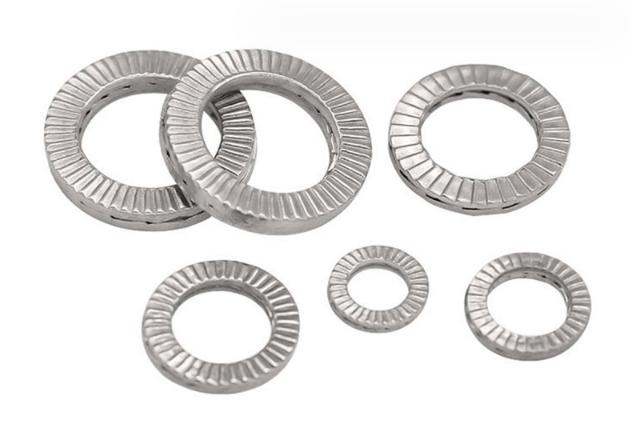
Key Methods Using Wedge Locking Washers to Prevent Bolts Loosening
Now that we understand the components and principles behind wedge locking washers, let’s explore how they effectively prevent bolt loosening:
1. Continuous Tension
Wedge locking washers maintain a constant tension in the bolted joint. This tension is vital for keeping the parts securely fastened together. Traditional washers can flatten over time, reducing their ability to maintain tension, while wedge locking washers remain effective throughout the service life of the joint.
2. Resisting Dynamic Forces
In applications where vibration or cyclic loading is prevalent, wedge locking washers shine. As external forces attempt to rotate the nut, the washer’s teeth bite into the surfaces, effectively counteracting any loosening motion. This resistance to dynamic forces ensures the bolted connection remains secure, reducing the risk of unexpected failures.
3. No Need for Retightening
One of the primary advantages of wedge locking washers is that they eliminate the need for periodic retightening of fasteners. Traditional fasteners may require re-torqueing to maintain their clamping force, but wedge locking washers inherently prevent self-loosening, reducing maintenance costs and downtime.
4. Versatile Applications
Wedge locking washers can be used in a wide range of applications, from heavy machinery and construction equipment to critical aerospace and automotive assemblies. Their versatility and effectiveness make them a valuable tool for engineers and designers seeking reliable solutions for bolted joints.

Conclusion
Wedge locking washers are a testament to the ingenuity of engineering in addressing a common problem: bolt loosening. By leveraging the principles of geometry, mechanical wedging action, and high-quality materials, these washers play a pivotal role in maintaining the integrity of bolted connections.
In summary, the science behind wedge locking washers is grounded in their ability to resist self-loosening forces through continuous tension and mechanical locking. Their straightforward yet highly effective design makes them a valuable asset in various industries where bolted joints are critical.
As technology advances and materials continue to improve, we can expect even more innovative solutions to address the challenges of bolted connections. However, for now, the science behind wedge locking washers remains a reliable and essential method for preventing bolt loosening, ensuring safety, and enhancing the longevity of countless mechanical systems.

